289 posts
Latest Posts by horizon32 - Page 10
Being in this generation is so difficult because we grew up experiencing how incredible technology is, but are now watching it fall to capitalism. When we were young videogames were incredible, people made incredible games that they shared with us and it was art, it was story, it was the best a developer could put out there. Now it's pay to win, it's pay to unlock content that came on the disk, releasing half finished games, make money and run.
It's the same with social media. It used to be a place to share art and ideas, make friends, connect with people, and now it's all ads, branded content, pay to have your work seen.
Don't get me started on apps gatekeeping phone types for better quality, the making of a new phone every year that you have to get because everything is designed to make your older tech obsolete.
Capitalism has stripped humanity from the awe of what the internet and technology used to be. The rich get richer, companies sell their morals to the highest bidder, and there is nothing we can do but watch our future slip away.
Supervillain who fixes climate change specifically to boost the earth's oxygen content with the intention of making really large bugs and everybody's just like. Should we do something about that, or
furry species ranked by how difficult it'd be to take them anywhere




Ultrasonic soldering bonds glass, titanium, stainless steel, ceramics, tungsten, nichrome…
Technical details and how to build an ultrasonic soldering iron. This technique can bond difficult-to-solder metals such as titanium as well as glass and ceramics.
Engineers at the University of Illinois Chicago have built a cost-effective artificial leaf that can capture carbon dioxide at rates 100 times better than current systems. Unlike other carbon capture systems, which work in labs with pure carbon dioxide from pressurized tanks, this artificial leaf works in the real world. It captures carbon dioxide from more diluted sources, like air and flue gas produced by coal-fired power plants, and releases it for use as fuel and other materials.
“Our artificial leaf system can be deployed outside the lab, where it has the potential to play a significant role in reducing greenhouse gases in the atmosphere thanks to its high rate of carbon capture, relatively low cost and moderate energy, even when compared to the best lab-based systems,” said Meenesh Singh, assistant professor of chemical engineering in the UIC College of Engineering and corresponding author on the paper.
Using a previously reported theoretical concept, the scientists modified a standard artificial leaf system with inexpensive materials to include a water gradient – a dry side and a wet side – across an electrically charged membrane.
On the dry side, an organic solvent attaches to available carbon dioxide to produce a concentration of bicarbonate, or baking soda, on the membrane. As bicarbonate builds, these negatively charged ions are pulled across the membrane toward a positively charged electrode in a water-based solution on the membrane’s wet side. The liquid solution dissolves the bicarbonate back into carbon dioxide, so it can be released and harnessed for fuel or other uses.
Read more.


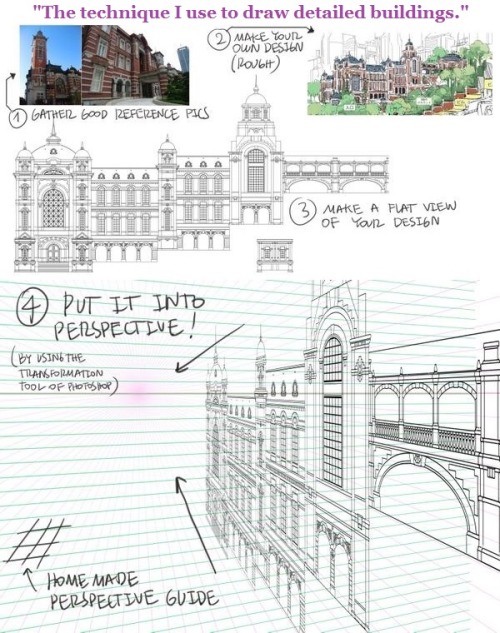
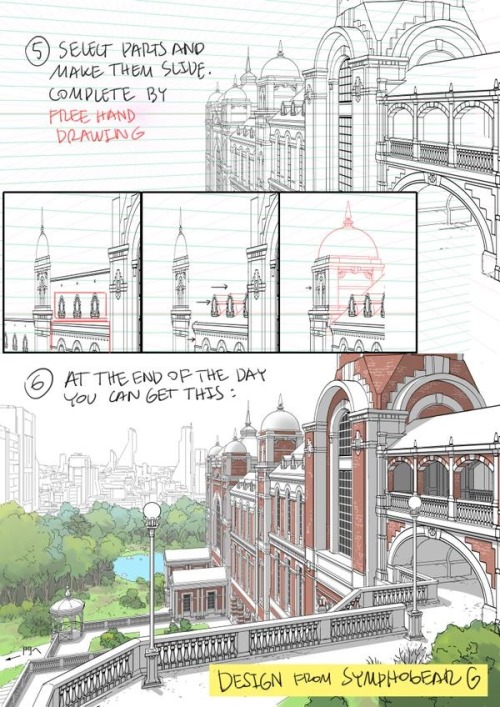




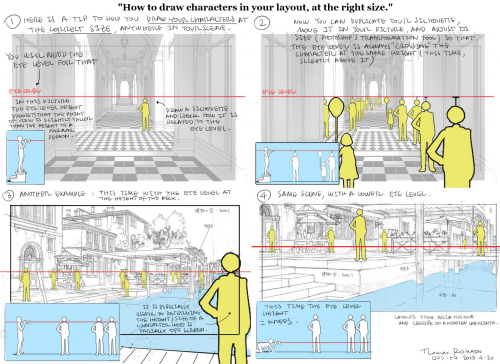
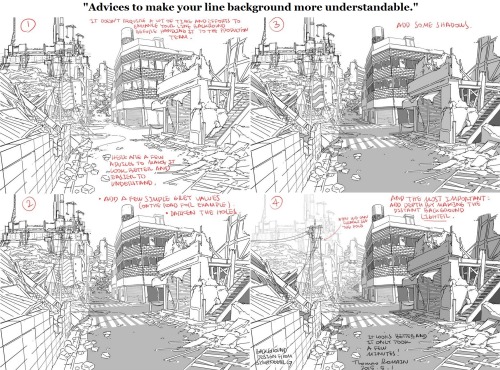
A master post of Thomas Romain’s art tutorials.
There’s not enough space to post all of them, SO here’s links to everything he has posted (on twitter) so far : 1 2 3 4 5 6 7 8 9 10 11 12.
Now that new semesters have started, I thought people might need these. Enjoy your lessons!

Fog
I had one of these 6 years ago, ever since I lost it I have been looking for their name.


Hexbugs for your blog 🐛
The memories
I can never go back to a movie theater like I’d go to a movie theater step into the film arena and the intro would play the Paramount Pictures logo and I would shout at the top of my lungs “I GOT A PAIR YOU CAN MOUNT LMAOOOOOOOOO” and the movie attendants would swipe directly at my neck with their razor sharp claws
Jerma


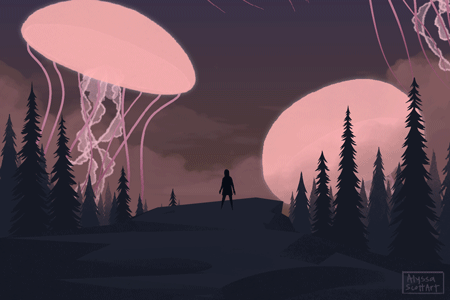
Jellyfish
*refresh the page if not in sync*
This is my jam!
AWESOME
You mean I will have to socialize for the best health of my garden? This is horrible!
Tips for wise gardening
My experience as a landscaper has mostly been in fixing or maintaining the bad ideas of other people. With that in mind, I’d like to share some advice on how to garden wisely.
Aggressive plants are high maintenance, avoid them. For many years the industry has touted aggressive plants as groundcovers because they’re very easy for them to mass-produce and they grow impressively for customers. However, aggressive plants ALWAYS breech containment. The effort of ripping out or just monthly hacking back aggressive vines which attack your house is much greater than the annoyance of having to wait for slower growers to establish.
Carefully research every plant you purchase. Research is treated like a chore in the plant community and many people celebrate their impulsiveness when it comes to purchasing plants. This is a mistake. The $2 plant you plop in the ground and forget about could eventually take over your yard. Knowing exactly what you’re buying, where it’s from and how it grows will help you know if it’s the right choice for you. Plus, getting to know a plant and learn what makes it interesting and beautiful will give you a better appreciation for it once the novelty wears off.
Only plan as much garden maintenance for yourself as you would like to do on the hottest day of the year. It’s inevitable that we pay more attention to our gardens when it’s a pleasant day outside but the weeds don’t mind the heat. By all means spend more time outside in the spring and fall, get big projects done but keep in mind that they must be maintained and that you will often not feel like spending your weekend toiling away at an overgrown bed in July. This one is tough because it takes a little experience to get a feeling for how much work you can get done in a day. I know for myself and my schedule, I will not weed my beds every week. I plant things that can hold their own against weeds without becoming weeds themselves. These are almost always native plants.
Shrubs and trees should be planted so that when they are fully grown they do not touch any part of your house. Branches rubbing against your house damage your siding, retain too much moisture, and make maintenance to your house difficult. Similarly, plants should never overhang pathways in a way that would interfere with their use. Always leave ample headroom and plenty of clearance on either side of paths, keeping in mind that branches will bend and droop with rain or snow.
Take the time to study your landscape as it exists now before changing it. Learn the names of the plants which are already planted, try to figure out why they were planted there and if it’s a good place for them. Learn where the sun strikes your yard at different times of the day, a patch that looks like full sun at noon may be in deep shade for the morning and afternoon. Which way do the prevailing winds blow in the different seasons? Some plants which bloom in the very early spring will be better suited to a location where they’re kept out of the winter wind but have good ventilation in summer. Is the soil clay, sandy, loamy, silty, or rocky? Are there low areas where water pools after a rain or dry areas where the turf always goes brown in summer. Find the most comfortable and frequently-used areas of your house and yard, what can you see in the garden from them and what would you like to see?
Make plans, budgets, sketches, and notes about what you do in the garden. Find a system of documentation that works for you, whether it’s as simple as saving plant tags or as complicated as drawing up designs, you should know what plants you have where and why. Ideally your system should have the common name, scientific name, a brief description, the reasoning behind its location, and when it was planted. For example: “Rosemallow, Hibiscus moscheutos; trident-shaped leaves with undertones that match the color of the blossom, large, blousy, open flowers in white-red range with a dark iridescent eye, shoots don’t emerge until June, flowers appear in mid-July and continue til frost; planted in 2015 at the bottom of the hill where the water pools on the southeast corner of the house near the back door because they like wet feet and the bare canes are hidden by clematis and agastache early in the season before foliage emerges.”
The cheapest way to buy plants is to buy seed, the cheapest way to get plants is by making friends. There are some beloved garden plants which are very difficult to grow from seed but many are not. Know the difference between them. Growing from seed is not always slower and frequently results in healthier growth long-term. Even better than buying seed is to get free plants from or swap plants with a friend. There are tons of plants which thrive through division, many plants make viable seed which can be shared, tubers and cuttings are simple to take and easy to transport. Get to know your neighbors who garden, offer them something from your yard or propose a swap. Many people are happy to share or trade plants. Be sure to ask them as much as you can about the plants they give and their care. The advice you get may be more valuable than any of the plants you get. Speaking of which…
Listen to experienced gardeners. Find the people who have been doing this for years, they might not look old but may have a lot of knowledge. Find people who have similar conditions to yours and who garden in your same area. So much of horticulture boils down to local conditions. If there’s a plant you’ve tried and failed with, find someone who is growing it well and ask them everything about their yard and how they care for it. “Your hydrangeas are just gorgeous! May I ask how you get them to grow so well? I have so much trouble with them in my yard.” Ask about their soil texture and color, what products they use, what they do in the winter, if they irrigate, and anything else you can think of. Many gardeners will happily talk your ear off about their gardens if you give them the chance.

Discovery Park
THE MOTHER OF ALL OMLETTES, JACK!

IT’S TIME
